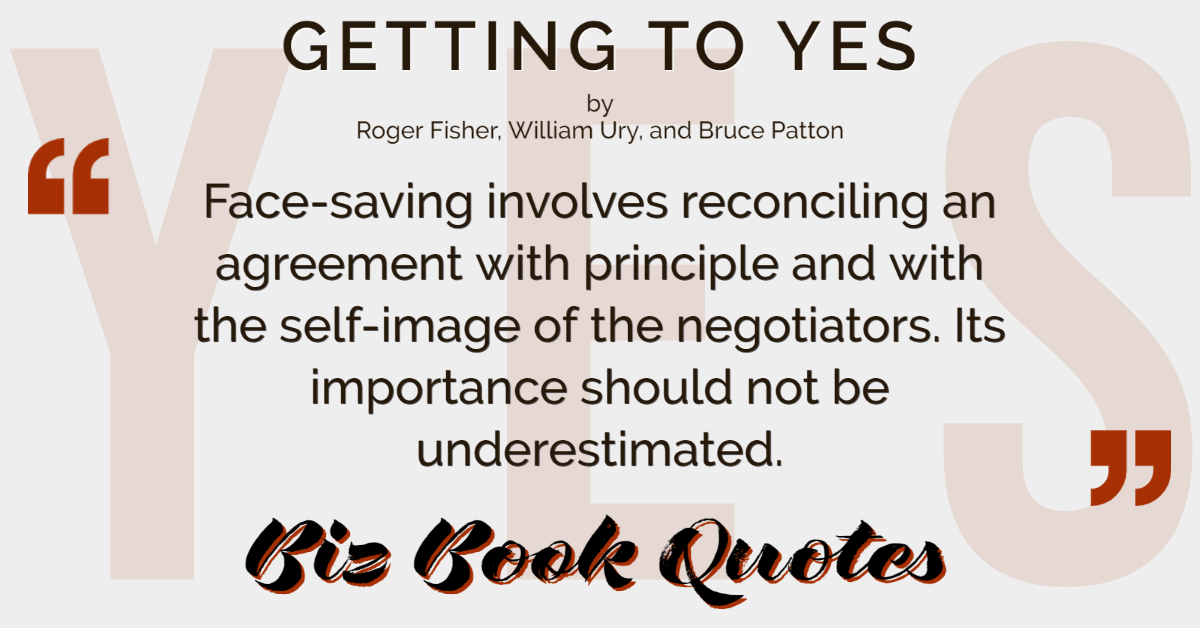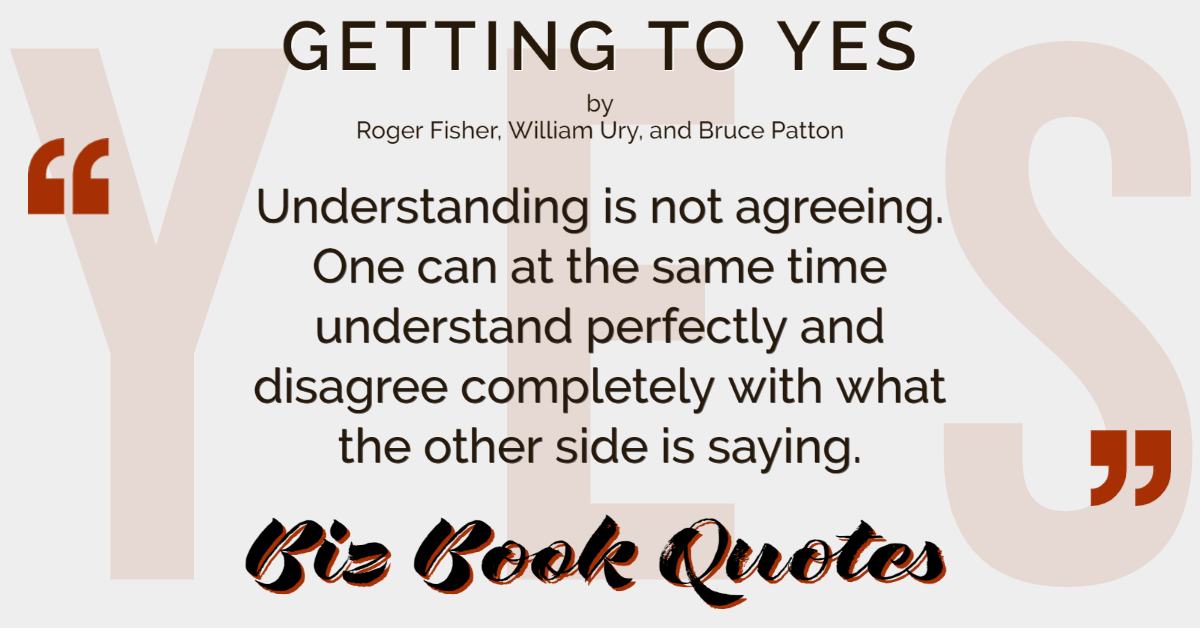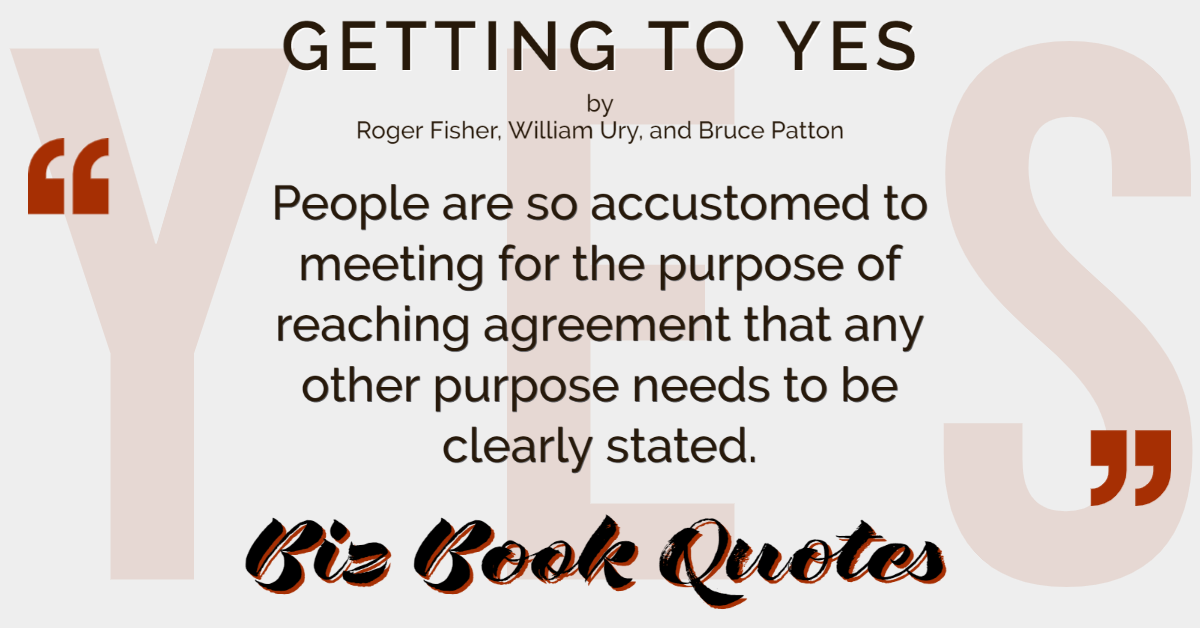 |
Before trying to reach agreement, invent options for mutual gain.
|
12 |
 |
Face-saving involves reconciling an agreement with principle and with the self-image of the negotiators. Its importance should not be underestimated.
|
31 |
 |
Understanding is not agreeing. One can at the same time understand perfectly and disagree completely with what the other side is saying.
|
37 |
 |
A more effective way for the parties to think of themselves is as partners in a hardheaded, side-by-side search for a fair agreement advantageous to each.
|
40 |
 |
Shared interests and differing but complementary interests can both serve as the building blocks for a wise agreement.
|
45 |
 |
For you as a negotiator to reach an agreement that meets your own self-interest, you need to develop a solution that also appeals to the self-interest of the other.
|
61 |
 |
People are so accustomed to meeting for the purpose of reaching agreement that any other purpose needs to be clearly stated.
|
65 |
 |
People generally assume that differences between two parties create the problem. Yet differences can also lead to a solution. Agreement is often based on disagreement.
|
75 |
 |
Principled negotiation produces wise agreements amicably and efficiently.
|
84 |
 |
Agree first on principles. Before even considering possible terms, you may want to agree on the standard or standards to apply.
|
89 |